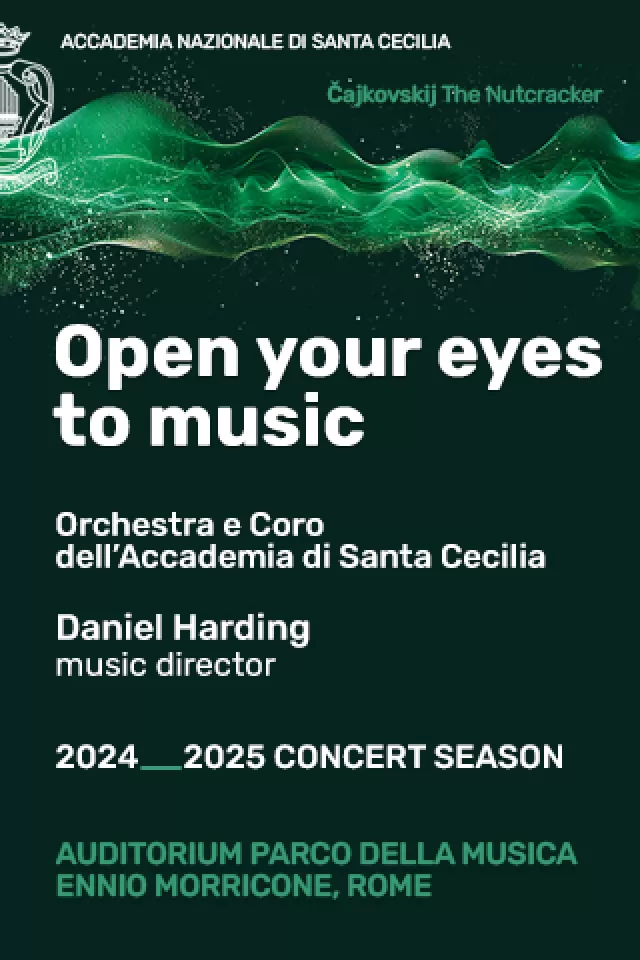Breaking the Albanian stereotype
The editor and owner of a newspaper catering for what he called the most maligned immigrant community in Italy acknowledged: In the beginning, there was a real press campaign against us. We were attacked and held responsible for everything, from drug trafficking to abetting prostitution and burgling villas. The Italians were offensive, full of prejudices against us. Certainly, we were, and are not, immaculate, not angels. But most of us were, and are, decent folk, exactly like the Italians.
The butt of such vilification was Italys Albanian community, which according to the editor mushroomed from a handful of people 14 years ago to some 300,000 today, 50,000 of them without documents. About 7,000 live in the province of Rome, which makes them the third-biggest immigrant group in the country after the Romanians and Moroccans, though far more elusive than either. Whenever did you see them, for instance?
For the editor, Roland Sejko, the brain behind an Albanian fortnightly called Bota Shqiptare (Bota meaning world and Shqiptare meaning Albanian), his fellow nationals apparent invisibility was the result of rapid integration into the Italian social fabric, their insertion into it doubtless eased by their historic ties with Italy. Many of them, for instance, already ran their own small businesses in Italy, especially in the building trade.
He recalled a particular case of Italian discrimination. Three years ago, police arrested two Albanians for the alleged kidnap of an Italian businessman. They were picked up, explained the Italian press, on the strength of their Slav, probably Albanian, accent. In a mocking editorial penned in Italian, Sejko imagined a sudden craze among Italian gangsters for faking a Slav-like Albanian accent to put the police off their track. He saw them flocking to Tirana for language courses to perfect their ploy. Only then did he inform his Italian readers that Albanian was not a Slav language at all, bearing no resemblance to any Slav tongue in existence. In the end, the real kidnappers turned out to be two Sicilians.
Thats all I can do. Point out the false accusations. The racism is still there. Were still the scapegoat for so much crime, but its abated a bit since then, perhaps because were getting better known here. After all, we often have a popular male dancer on telly, Kledi Kadiu, as well as an Albanian soccer star who plays for Bologna, Igli Tare.
Bota Shqiptare was born five years ago, significantly as the first of some 15 immigrants newspapers now on the market, in nearly as many languages. Around Piazza Vittorio, for instance, avid Chinese readers today have a choice of at least three broadsheets in their language. They are slick, commercial ventures, one of them, Nuova Cina, edited in Via Cavour.
There is nothing glibly popular about Bota Shqiptare however. The detractors of Albanians would perhaps be astonished to discover it is almost startling in its sobriety, packed with small acres of arid print, its approach to things crackly and pithily critical, with faint echoes of the prestigious French daily Le Monde. Even so, four of its 16 pages are always devoted to very down-to-earth problems facing Albanian residents here.
Nothing is taboo in the paper. Take prostitution. We try and look the problem in the face. We have 2,000-3,000 Albanian prostitutes here, brought over and exploited by Albanian pimps. They bolster the grim name weve earned. All I can do is to try and put it in perspective, pointing out that about half the total number of prostitutes is Italian, and that Albanian pimping here is apparently nothing to what it is in London.
Only two pages deal with happenings in Albania itself. Were not exactly anti-government but often critical of it, especially when corruption scandals or examples of mis-management in high-places break out, Sejko explained. And relations between Albania and Italy? Theyve hardly changed over the past four years. Italy is still the biggest investor in Albania but after Berlusconi paid the country a visit two years ago, many people expected changes. Nothing has happened. He said he would buy a villa to encourage others to do likewise. He hasnt bought it yet. Perhaps hes still looking.
With a now steady circulation of 10,000, the papers front-page headlines are usually intensely topical. One, for example, concerned 21-year-old Ervin Dervishi who last month became the first Albanian to be killed in Iraq after enlisting, as an immigrant to America, in the United States army. The latest issue leads off with an attack on the recent immigrant elections in Rome in which four Albanians stood for election.
Theyre simply a demagogic faade, Roland protested. Theres nothing a bit democratic about them. How can there be when those elected will have no voting-powers, only the power to go bla-bla-bla? And why did the council split up the candidates by continent? Its nonsense. Immigrants are immigrants and basta.
The papers final pages, after a sports section, are strictly egghead territory. One issue ran a review of a poem in old Albanian translated into English by a Canadian. Another article, titled The War of Troy, dealt with cultural warfare on the internet.
As for the papers dozen regular writers, they too somehow fail to live up to the Albanians reputation. Typical, for instance is Ardian Ndreca, a philosophy lecturer at the Urbaniana Pontifical University in Rome, and Arben, his brother, a graduate in linguistics from Genoa University.
Roland, a book publisher in Albania who has lived in Italy for 14 years, runs the paper with his wife Keti, from a large flat in a leafy lane below the Hilton Hotel in Monte Mario. He graduated in English from Tirana University during the last year of the Communist era there when A. J. Cronin was better known than Shakespeare!
And why did he launch the paper in the first place? There wasnt one at the time. I thought it would help to have one. I tried. I was lucky.
















